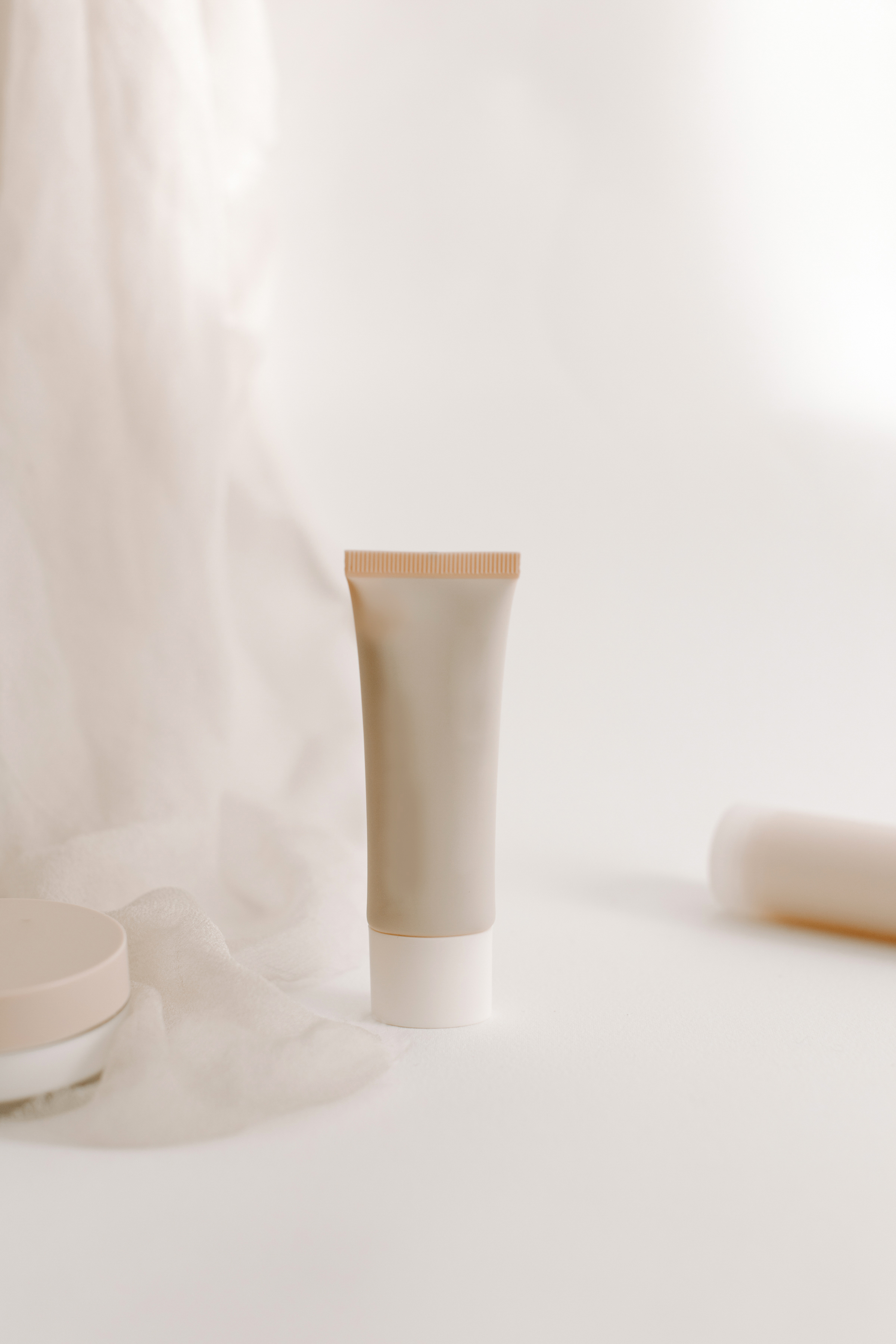The Secret to Smooth, Glowy Foundation on Dry Skin

If you’ve ever applied your favorite foundation and, within minutes, watched it cling to dry patches, settle into lines, or somehow make your skin look even more dehydrated – you are absolutely not alone. Foundation on dry skin can feel like a losing battle. But it doesn’t have to be. This is especially true if you’re over 30 when skin tends to start losing natural hydration.
Most foundation mishaps have less to do with the foundation itself and more to do with the way you prep your skin and the formulas you choose. If you’ve been on the hunt for realistic tips that actually work (no 12-step routines required), you’re in the right place.
Here’s how to make your makeup play nicely with dry skin – so your foundation goes on smooth, stays fresh, and looks like your skin, just glowier.
Skin Prep Tips for Flawless Foundation on Dry Skin
All about that base, ‘bout that base *Meghan Trainor voice.
Before even thinking about applying foundation on dry skin, you need to address the dryness at the source. Makeup won’t sit well on skin that’s flaky or tight – no matter how expensive it is.
Start with a gentle exfoliator (nothing harsh or grainy) once or twice a week to remove dead skin cells. Then follow up with a hydrating serum, think hyaluronic acid or glycerin, and lock it in with a moisturizer that has a bit of richness but still sinks in well.
Give your skincare a few minutes to absorb before applying anything else. Rushed layers are a big reason foundation can pill or go patchy.
If you’re an eczema girly, wearing foundation can be stressful. Settling eczema before wearing makeup is the best strategy for better looking skin.
Choosing the Best Make Up for Dry Skin
This is where things often go wrong. Make up for dry skin needs to be creamy, hydrating, and flexible. Anything labeled “matte,” “oil control,” or “long-wear” tends to dry out your skin further and highlight every uneven texture.
Look for foundations with a radiant or dewy finish, light to medium coverage, and ingredients like squalane, hyaluronic acid, or ceramides. Stick foundations and tinted moisturizers also tend to play nicer with dry skin.
How to Apply Foundation on Dry Skin
If you’ve been swiping on your foundation on dry skin with your fingers or a stiff brush, that might be part of the issue. A damp makeup sponge is often your best friend – it presses product into the skin rather than dragging it across the surface.
Bonus tip: spray your sponge with a hydrating mist or setting spray instead of water for an extra moisture boost.

Less Is More
With dry skin, less really is more. It’s tempting to pile on product to cover dryness, but that usually makes things worse. Apply a thin, even layer of make up for dry skin, then build only where needed.
And when it comes to powder? Skip it entirely or use it sparingly – only on areas where you truly need it, like the T-zone. Translucent, finely milled powders are your best bet.
Setting Foundation
Finishing sprays aren’t just for setting makeup – they can also melt all your products together so your skin looks more natural and dewy. Choose one specifically formulated for hydration or radiance.
It’s the final step to take your foundation on dry skin from decent to smooth, glowy, and “what are you wearing?” status.
The Right Products for Make Up on Dry Skin
Everyone’s skin is different, but here are a few types of products that tend to work well as make up for dry skin:
- Cream blushes and bronzers (skip powders)
- Hydrating primers (avoid silicone-heavy ones)
- Balm-style highlighters (no glitter, just glow)
- Tinted moisturizers or skin tints with SPF
How to Get the Most Out of Your Foundation
Once you understand what your skin needs, applying foundation on dry skin stops feeling like a chore. It starts to feel fun again. The trick is all in the prep, the formulas, and giving your skin what it’s quietly asking for – moisture, not more product.
Make up for dry skin isn’t about hiding texture. It’s about working with your skin’s natural needs so you can glow without the fight.
So the next time your makeup’s not cooperating, don’t blame the foundation just yet. Adjust the approach – and watch the glow show up.





